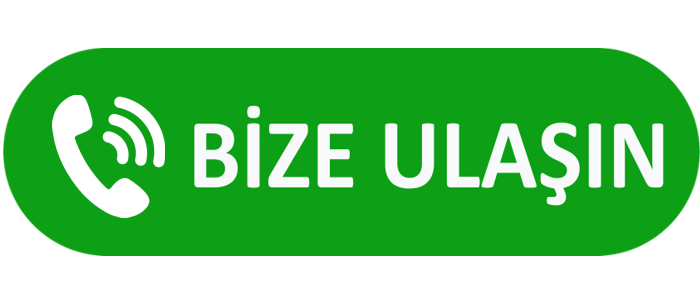Herniated Disc
There are 5 vertebrae in our spine, and between these bones are cartilages called discs. The disc provides strength and flexibility to the spine.
A herniated disc is a condition that occurs when the discs between the vertebrae in the lower back bulge out.
We know that 80-85% of people experience back pain at some point in their lives.
Terms such as lumbago, slipped disc, slipped vertebra, sciatica, and sciatalgia are all commonly used to describe conditions affecting people with back pain.
What are the symptoms of a herniated disc?
Who is susceptible to lumbar disc herniation?
It can occur in almost anyone, but in some cases, our risk of developing lumbar disc herniation increases:
What is the treatment?
First of all, less than 5% of people with back pain actually have pain due to a herniated disc. And only 3-5% of patients with a herniated disc require surgery.
If the patient has urinary incontinence, sudden loss of strength in one or both legs, or loss of reflexes, emergency surgery is required.
In addition, surgery may be considered for patients whose pain does not subside with non-surgical methods such as medication, rest, and physical therapy, and whose loss of strength increases.
What does the physical therapy department do for lumbar disc herniation?
Unless urgent surgery is required, your diagnosis, treatment, and follow-up can be performed at Physical Therapy Clinics. We recommend 2-3 days of bed rest in cases of severe pain. We do not recommend absolute bed rest, as rest periods expressed in months, as was done in the past, can lead to weakening of the back muscles. We use regional heaters, electrical currents, ultrasound, and, in some patients, spinal traction methods. We start the exercise program as the pain subsides.
20.09.2022
Uzm. Dr. Mehmet Sefa YALÇIN

